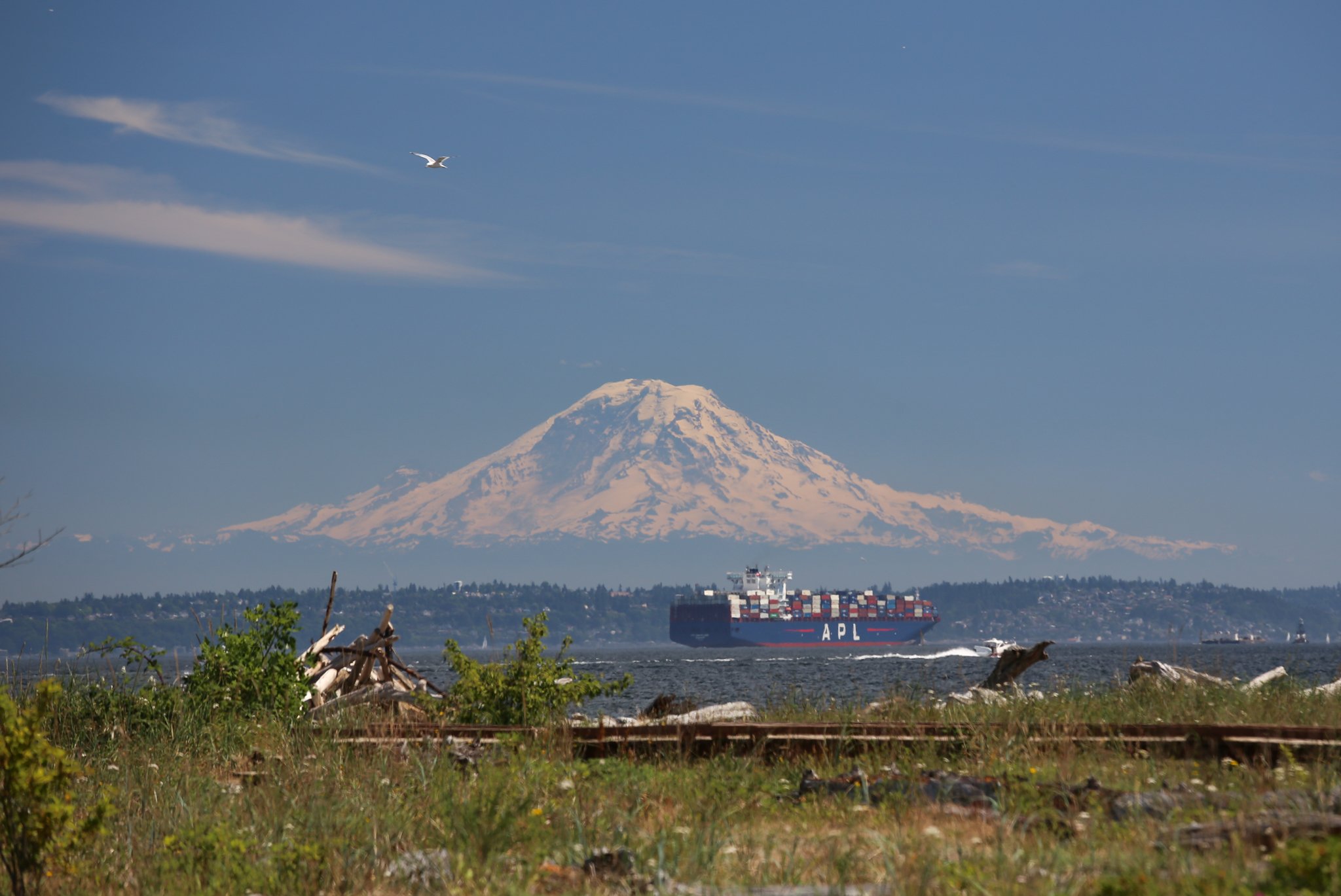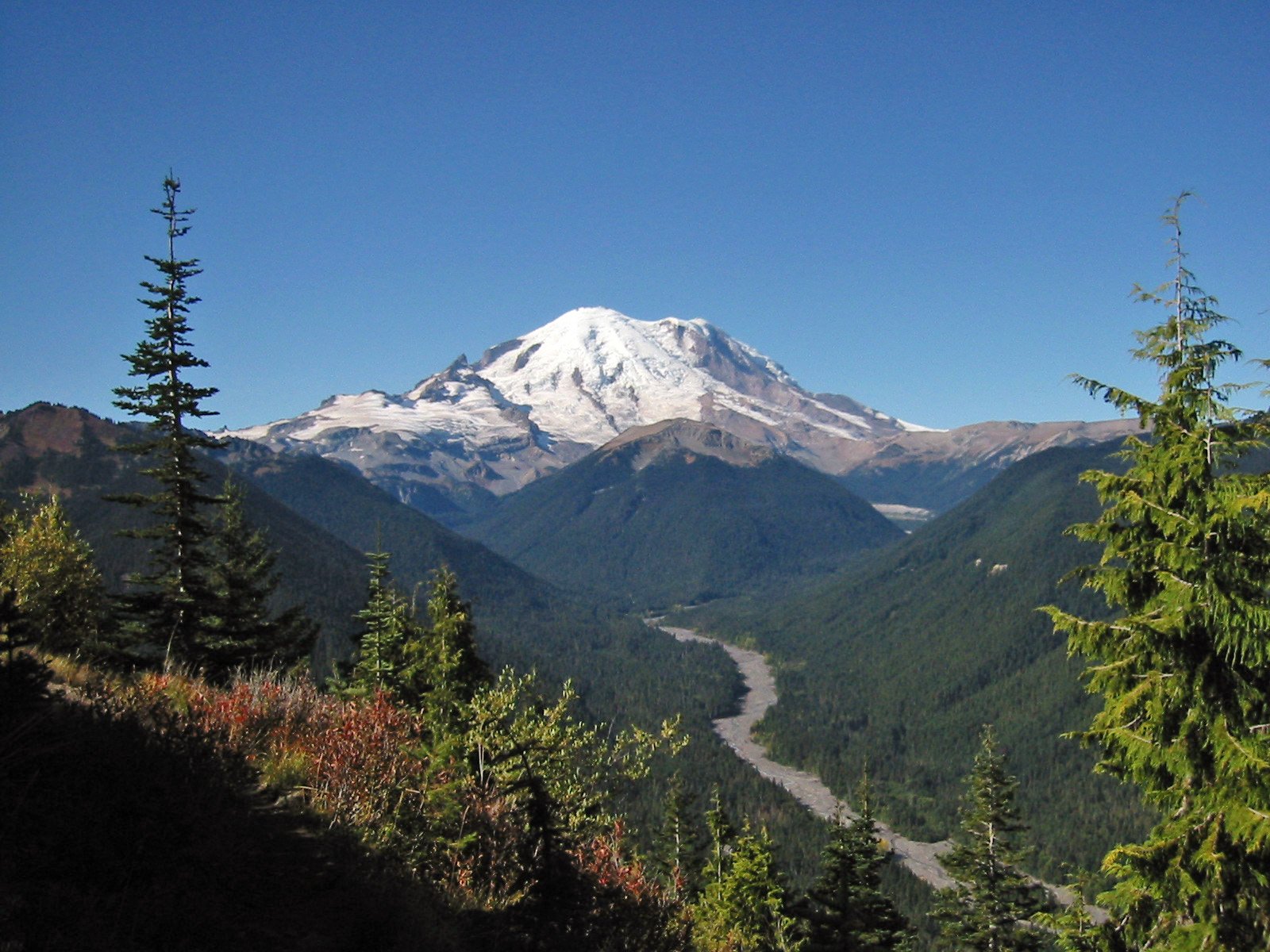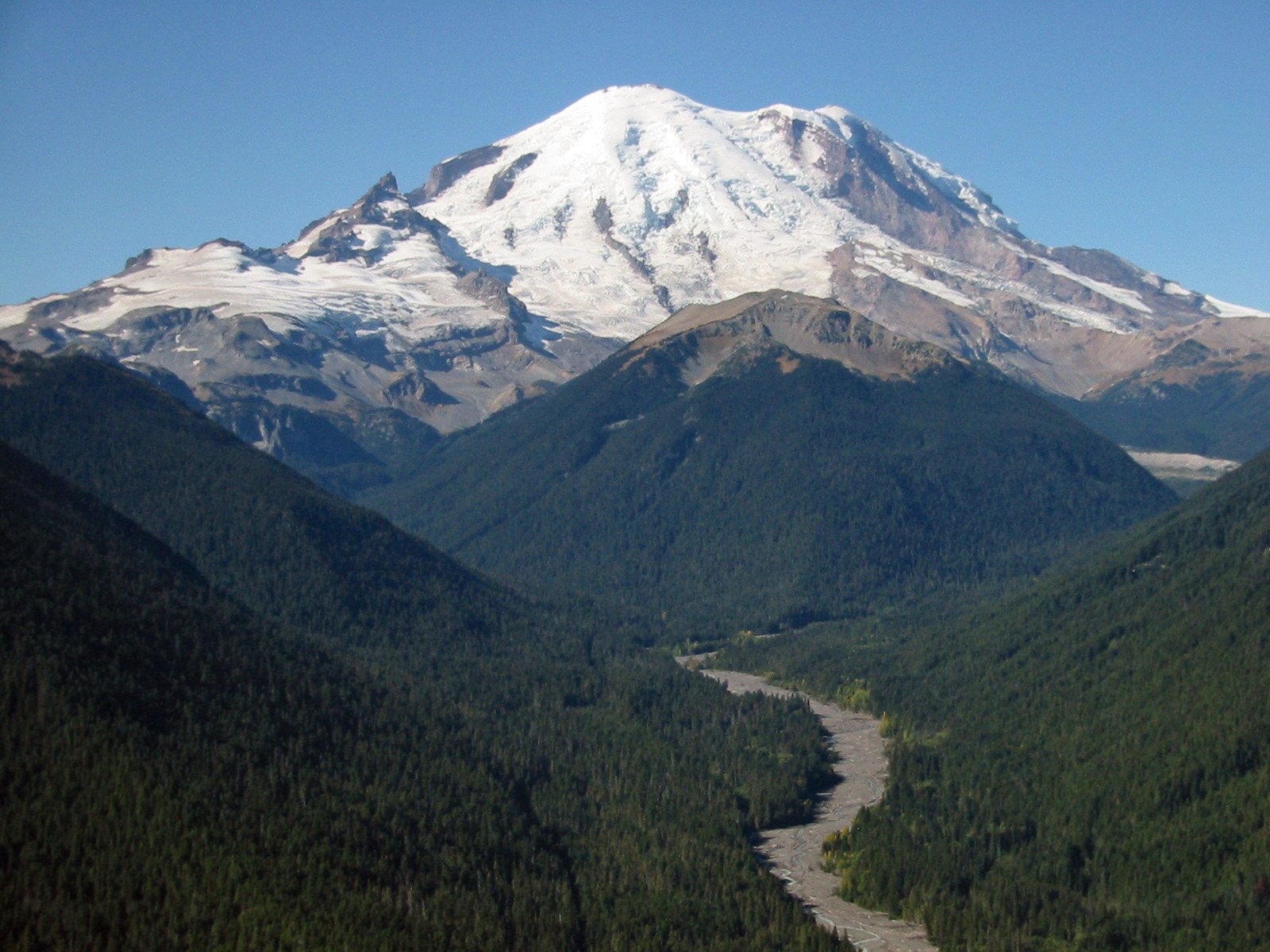Mount Rainier’s flower fields are a breathtaking display of nature’s beauty, attracting visitors from around the world. These vibrant meadows, located in the Paradise area of Mount Rainier National Park, burst into a kaleidoscope of colors during the peak bloom season from late July to mid-August. Visitors can explore a variety of hiking trails that wind through these stunning wildflower displays, offering unparalleled views of Mount Rainier and the surrounding landscape.
What Makes Mount Rainier’s Flower Fields Unique?

Mount Rainier’s flower fields are renowned for their diversity and abundance of wildflowers. The subalpine meadows of Paradise showcase an impressive array of species, including:
- Pink penstemon
- Purple lupine
- Yellow cinquefoils
- Red paintbrush
- White avalanche lilies
- Magenta paintbrush
- Yellow Broadleaf Arnica
- White American Bistort
- Purple Elephant’s Head
- White daisies
This rich tapestry of colors and species creates a stunning visual spectacle against the backdrop of Mount Rainier’s snow-capped peak.
When Is the Best Time to Visit Mount Rainier’s Flower Fields?

The optimal time to experience Mount Rainier’s flower fields is during the peak bloom season, which typically occurs:
- Start of bloom: Mid-July
- Peak bloom: Late July to mid-August
- End of bloom: Late August to early September
However, the exact timing can vary depending on weather conditions and snowmelt patterns. It’s always a good idea to check with the park’s visitor centers for up-to-date information on bloom status.
Which Hiking Trails Offer the Best Views of Mount Rainier’s Flower Fields?
Several hiking trails in the Paradise area provide excellent access to Mount Rainier’s flower fields. Here are some of the most popular options:
- Nisqually Vista Trail
- Length: 1.2 miles
- Difficulty: Easy
- Elevation Gain: Minimal
-
Highlights: Family-friendly, stunning views of Mount Rainier and wildflower meadows
-
Skyline Trail
- Length: Approximately 5.5 miles (loop)
- Difficulty: Moderate to strenuous
- Elevation Gain: About 1,700 feet
-
Highlights: Spectacular views of Mount Rainier, Tatoosh Range, and extensive wildflower meadows
-
Moraine Trail
- Length: Approximately 1.5 miles (one way)
- Difficulty: Moderate
- Elevation Gain: About 500 feet
- Highlights: Views of Nisqually Glacier and Mount Rainier, great spot for sunset photography
How Can Photographers Capture the Beauty of Mount Rainier’s Flower Fields?
For photographers looking to capture the beauty of Mount Rainier’s flower fields, consider the following tips:
Best Times for Photography
- Morning:
- Ideal for misty atmosphere shots
- Less crowded
- Fewer mosquitoes
-
Great for reflections at Reflection Lakes
-
Sunset:
- Dramatic lighting
- Particularly good for trails like the Moraine Trail
Recommended Equipment
- DSLR or mirrorless camera with interchangeable lenses
- Wide-angle lenses for expansive meadow and mountain shots
- Macro lenses for close-up wildflower photography
Photography Guidelines
| Guideline | Explanation |
|---|---|
| Stay on Trails | Protect fragile meadows and prevent soil damage |
| Respect Environment | Avoid touching or damaging wildflowers |
| Use Tripod | For stability in low-light conditions |
| Consider Filters | Polarizing filters can enhance colors and reduce glare |
What Amenities Are Available Near Mount Rainier’s Flower Fields?
Visitors to Mount Rainier’s flower fields can take advantage of several amenities in the Paradise area:
- Parking: Available near the Paradise Visitor Center (fills up quickly during peak season)
- Restrooms: Located near the Paradise Visitor Center and other trailheads
- Food and Drink: Available at Paradise Inn and Paradise Visitor Center
- Lodging:
- Paradise Inn (historic lodge)
- Longmire Inn
- Various campgrounds within the park
- Visitor Center: Henry M. Jackson Visitor Center offers information, exhibits, and sometimes guided walks
Are There Any Restrictions or Guidelines for Visiting Mount Rainier’s Flower Fields?
To protect the delicate ecosystem of Mount Rainier’s flower fields, visitors should adhere to the following guidelines:
- Stay on designated trails at all times
- Do not pick or damage wildflowers or other vegetation
- Pack out all trash
- Observe wildlife from a distance
- Follow Leave No Trace principles
- Obtain timed entry reservations for peak hours (May 24 to September 2, 2024)
How Can Visitors Prepare for a Trip to Mount Rainier’s Flower Fields?
To make the most of your visit to Mount Rainier’s flower fields, consider the following preparation tips:
- Check weather forecasts and trail conditions before your visit
- Wear sturdy hiking shoes and dress in layers
- Bring plenty of water and snacks
- Carry a map and compass or GPS device
- Bring sun protection (sunscreen, hat, sunglasses)
- Pack insect repellent
- Bring a camera to capture the stunning views
By following these guidelines and preparing adequately, visitors can fully appreciate the natural wonder of Mount Rainier’s flower fields while helping to preserve this unique ecosystem for future generations.

